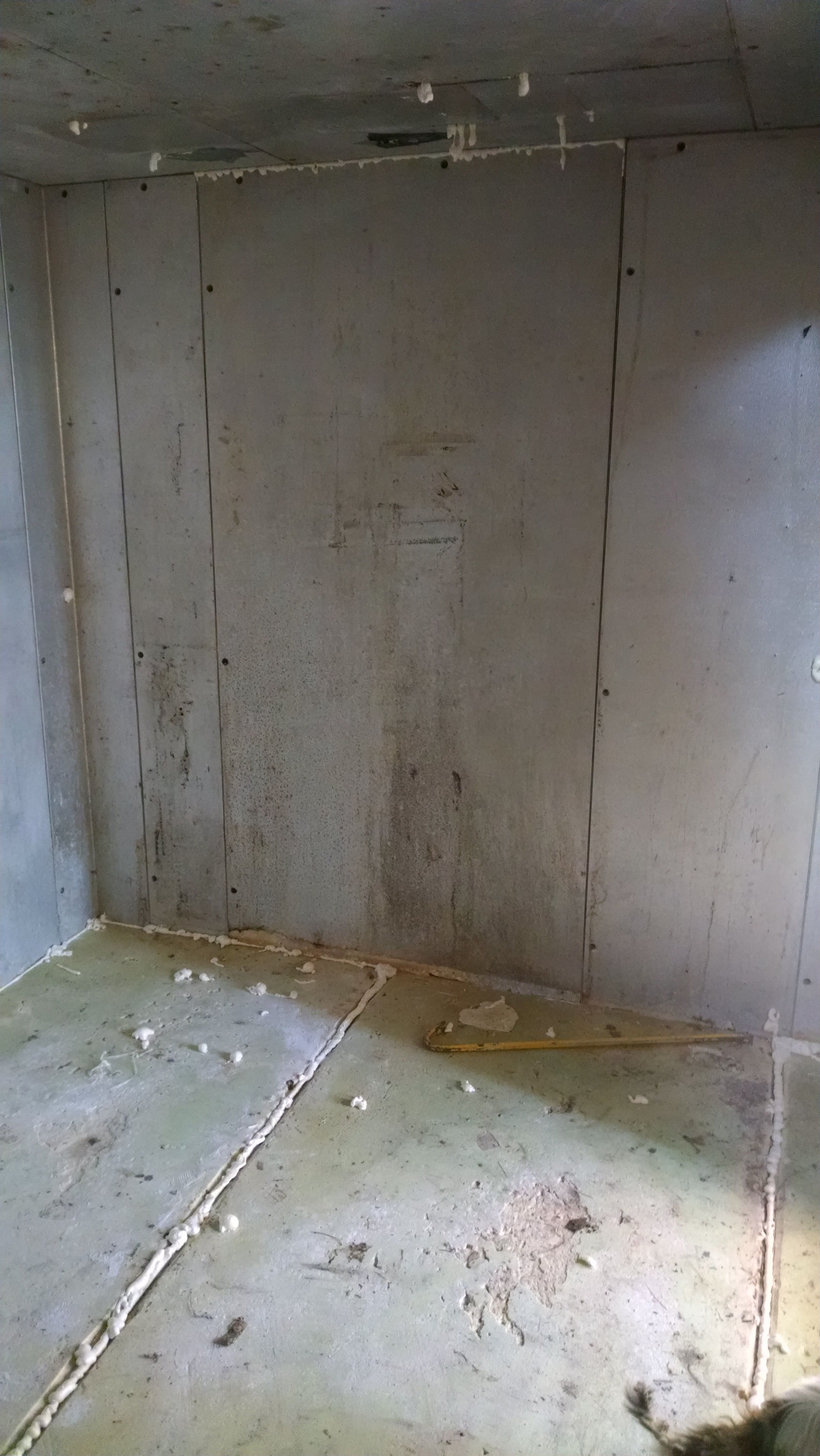
I always enjoy the opportunity to put on my engineering hat and delve into a new project. This evening I did the work to figure out how to size the refrigeration unit for our walk-in freezer. I wouldn’t be interested in sizing refrigeration systems as a full-time job, but I enjoy digging into the details of tables and formulas to figure out what’s really going on.
There are convenient websites to approximate the BTU loads, but I found that they oversimplify things. First, I’ve added extra insulation, so the heat loss defaults are overstated. Second, most walk-ins are designed with restaurants or stores in mind, where the doors are opening often, sometimes propped open for a long time. In my case, the door will be closed all day most days, only opening on days when we are adding meat and unloading meat. Third, designs are usually based on bringing warm products into the freezer and then cooling those down. We deal with frozen products from start to finish, so there are really no additional cooling loads.
I calculated that our actual load is 2,840 BTUs per hour versus the online estimate of 5,760 BTUs. This is about a $900 savings in the cost of refrigeration equipment. It also drops us from the 1-1/2 hp motors down to 3/4 hp motors, so the cost of running the equipment will be far less. (There is a little complexity in this topic, since an oversized system would run for a lot less time, so the overall ampere-hours is close. On the other hand, oversized systems tend to short-cycle, leading to more wear on the components. The bottom line is that I’m not sure if there is a noticeable operational savings available by correctly sizing the equipment.)
I also calculated how much money I’d save because of the added insulation. For $400 of insulation, I save $400 in the cost of the refrigeration equipment, a complete wash. But without the insulation, my actual BTU load would be higher. So my extra-insulated box can get by running a 3/4 hp motor for 18 hours per day in 95 degree weather but the off-the-shelf box would need to run a 1 hp motor an equal amount of time in those same conditions. The insulation gives me a 25% energy reduction, so it should pay back starting at day one. Of course, there are some mitigating factors that reduce the payback. The most obvious is that we rarely have 95 degree days in Canajoharie, NY. For the six freezing months of the year, the extra insulation gives us less than 5% energy savings.
